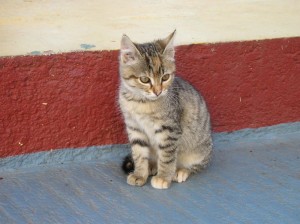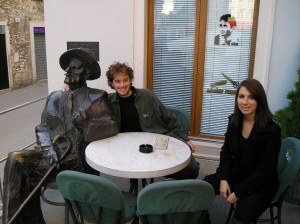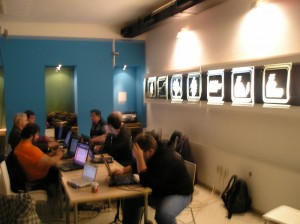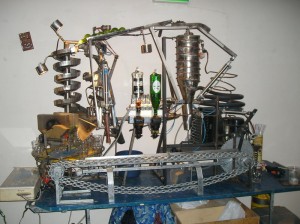I swore I would get caught up, and by god, I intend to get caught up even if I have to keep writing all night (it’s currently 4:41 am and I’m in Zagreb, Croatia). After HAIP, I got a ride from a girl I’d been couchsurfing with to Koper, which is one of the coastal towns in Istria. Funny sidenote about driving in Slovenia: I made some off-handed remark about renewing my driver’s license, and my kind driver was confused,
“Huh? You have to renew your license?”
“Yeah, about every 5 years. When do you have to renew yours?”
“Um…2062?”
“WHA…?”
It’s true. The Slovenian government issues driver’s licenses good for 70 years, and my CS host’s license has a printed expiration date of January, 2062. Hilariously, it includes a photo. What good a 50-year-old photograph will do when she gets pulled over in 2050 I couldn’t begin to fathom. I just hope the licenses are also valid for hovercars.
I told one of my American friends about the Methuselah-esque Slovenian licenses, and his theory was that it was the Slovenian government’s way of positively asserting that they will exist in 2062. I guess I just can’t imagine what it would be like to hold a document with an expiration lifetime almost four times longer than the history of the nation-state that issued it.
From Koper, it was cheap and easy to catch a bus to Pula, Croatia. This was the first time on this trip I’d left the Shengen zone. The border guard who boarded the bus at the border (I just want to see how many variations of the word “board” I can get into once sentence), asked me if I was carrying any alcohol or tobacco, but he was bored by my books and computer equipment. I did get a passport stamp, finally!
I was in Pula for almost a week, but luckily it was mostly really boring so I should be able to cover it in one or two posts. Pula is a seaside summer vacation spot, and in November it’s a virtual ghost town. I stayed at a somewhat-depressing Youth Hostel about 3 km outside the city center. Most nights I was the only guest there, and the internet cost 30 Croatian kuna (about €4 or $6) per hour, so I didn’t pay for that. The hostel’s only redeeming values were its proximity to the beach (the water was freezing the one time I tried to swim) and the adorable, friendly kitten that lived there as well.




